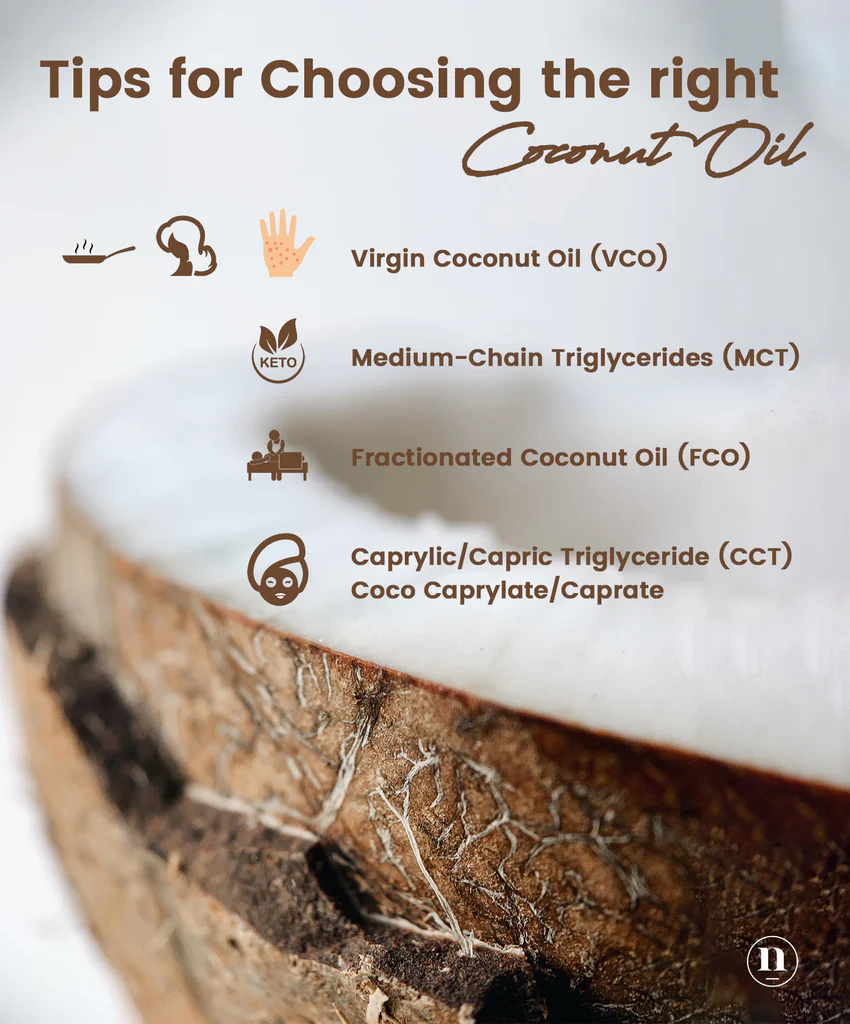
Can Tea Tree and Witch Hazel be used with Retinol?
If you’re a skincare enthusiast, you probably already know the most effective ways to incorporate retinol into your daily regimen. While tea tree and witch hazel have been used for thousands of years, they remain lesser-known skin ingredients. In today’s blog post, we’ll take a closer look at whether you can use tea tree and witch hazel with retinol.
So before you want to learn more, stay tuned. If you’re wondering what these ingredients do for your skin, here’s a brief overview of their benefits.
What are the benefits of tea tree for skincare?
Tea tree oil can kill bacteria on the surface of your skin, also known as Propionibacterium acnes. These bacteria are the main cause of acne and other types of skin blemishes.
Tea tree oil has anti-inflammatory properties, which h. When applied to skin with acne or pimples, you can target signs of redness and the size of active spots while preventing further breakouts.
Tea tree oil can treat a number of different types of acne. Depending on the product formulation, you can specifically treat comedonal acne (like blackheads) and inflammatory acne (like big red pimples).
What skin care benefits does witch hazel have?
Witch hazel is rich in anti-inflammatory properties, i.e. h. It works both on the surface of the skin and in the layers beneath it.
Witch hazel can help remove excess sebum from the surface and eliminate the buildup of impurities.
Witch hazel can help tighten pores, making them less noticeable to the naked eye.
Witch hazel can also help soothe and reduce signs of skin texture, such as: B. Razor bumps that occur when shaving.
What skin care benefits does retinol have?
Retinol can speed up skin cell turnover and reveal fresh skin cells for a radiant complexion.
Retinol works in the layers beneath the skin to boost collagen and elastin production, which results in firmer skin.
Retinol can improve the overall appearance of the skin by reducing the appearance of hyperpigmentation and dark spots.
Retinol can reduce the appearance of premature skin aging, such as fine lines and wrinkles.
Retinol can improve skin texture and provide a smoother, more even finish.
Now that you have a quick summary of these powerful ingredients and how they affect the skin, let’s dive in and see if you can use tea tree oil and witch hazel with retinol.
Can tea tree oil and retinol be used together?
No, it is best to avoid using tea tree oil with retinol and other potent active ingredients like glycolic acid, salicylic acid, benzoyl peroxide, and vitamin C. While tea tree oil is a natural ingredient, it is very potent and combined with other active ingredients. This can strip your skin of the oils and moisture it needs to stay healthy.
If you want to use both tea tree oil and retinol in your skincare routine, you should alternate between the two active ingredients each day and remember to use one or the other.
Can retinol and witch hazel be used together?
Yes, you can, but make sure you use the right witch hazel concentrate to avoid unnecessary irritation. The best way to use witch hazel with a regimen that already contains retinol is to use a toner that gently exfoliates. Not only does this gently yet thoroughly cleanse the skin, but it also allows enough time between uses for the skin to return to balance. Witch hazel is known for being strong yet gentle, which means you can combine it with any strength of tretinoin, from prescription to over-the-counter. Remember, it’s important to consult a dermatologist or doctor when using any new ingredient or formula on your skin to avoid sudden facial irritation.
What Not to Mix with Tea Tree Oil?
As I mentioned before, tea tree oil should be avoided with some strong ingredients. This can be too much for the skin and can cause severe dryness and discomfort. Another factor to keep in mind is that tea tree oil should not be applied directly to the surface of the skin. Instead, try using a nourishing carrier oil like coconut oil, almond oil, or olive oil.
What Oils Can Be Mixed with Retinol?
Jojoba oil is considered the most effective oil to mix with retinol. Since it provides extreme moisture to the skin, it is an ideal oil to apply to skin after a retinol treatment. Jojoba oil can target fine lines and wrinkles and combat the common drying side effects of using retinol.
Does tea tree oil have a detoxifying effect?
Yes, it can. Purging is a common side effect of all skin peels on the skin. Purification is the result of pushing all the impurities from the lower layers of the skin into the upper layers of the skin. The surface. This is because shedding the layer of dead skin cells from the surface removes the barrier. Once this is gone, you will also find that tea tree oil works its way underneath the skin, clearing out bacteria, dirt, and general gunk from the pores that can lead to acne and other breakouts.
Can I leave tea tree oil on my face overnight?
Yes, you can leave tea tree oil on your face overnight. As I mentioned before, you shouldn’t apply it to your skin without a carrier oil. Once you find the right blend, you can use it all over your face, avoiding the eye area, and leave it on overnight. When morning comes, rinse off the remaining mixture with warm water. For best results, use it once or twice a week as this can provide the benefits without any side effects.
So I hope this has answered some of your questions about using tea tree and witch hazel with retinol. If you have any other questions about skin care, you can learn more on Procoal’s Instagram account.


